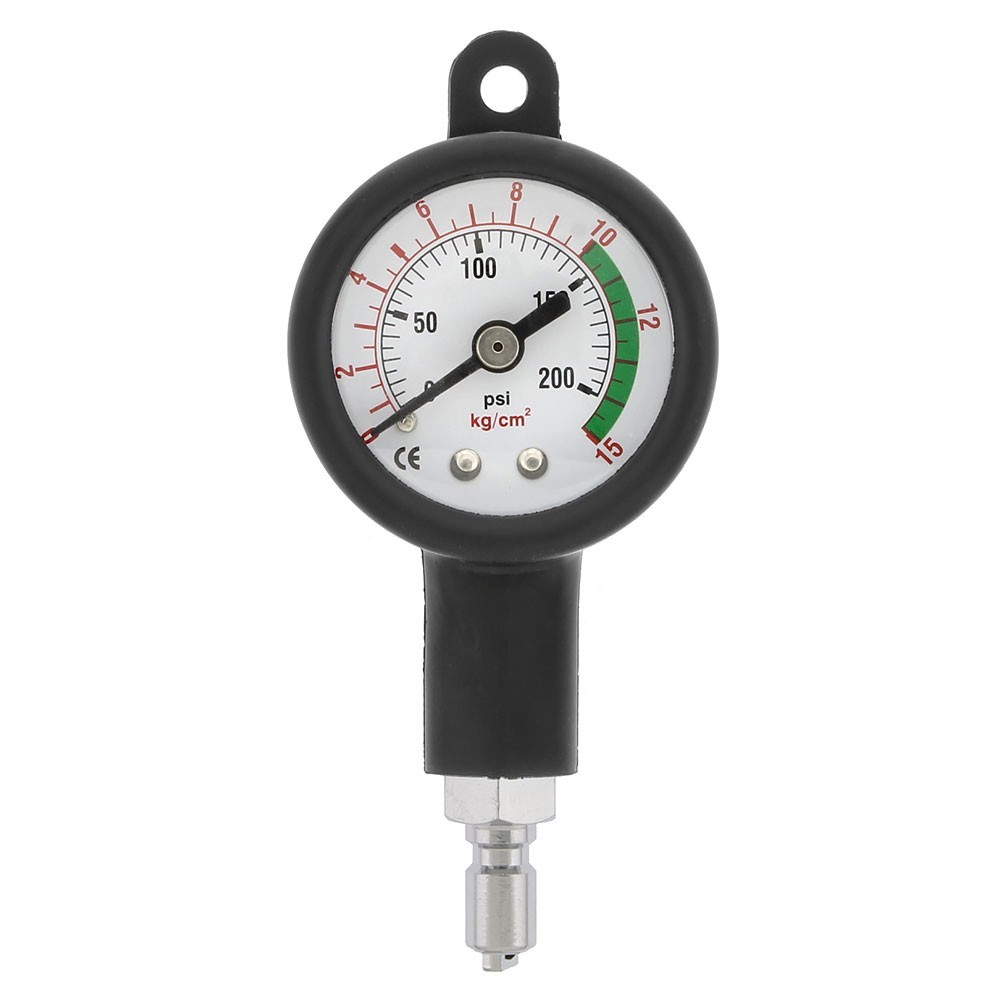A regulator technician told me he carries the pressure gauge to adjust his first stage IP in his save a dive kit, in case his regulator free flows (so he can troubleshoot and see if the IP has changed and is therefore the cause of the free flow.)
I know how to adjust the IP, but am wondering if this happens often with newer, more reliable regs? I have a SP MK25/G260 (less than 1 year old) and plan to follow the recommended service schedule.
Is it worth buying and carrying the gauge in my kit?
I know how to adjust the IP, but am wondering if this happens often with newer, more reliable regs? I have a SP MK25/G260 (less than 1 year old) and plan to follow the recommended service schedule.
Is it worth buying and carrying the gauge in my kit?




